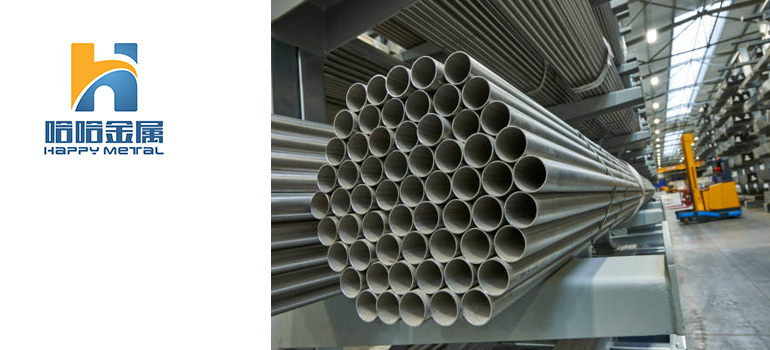Stainless steel pipes play a crucial role in various industries due to their corrosion resistance, durability, and versatility. The American Society for Testing and Materials (ASTM) has established standards to ensure the quality and performance of stainless steel pipes. In this blog post, we will delve into the ASTM standards relevant to stainless steel pipes, shedding light on their significance and applications.
Understanding ASTM Standards

ASTM A312/A312M: Seamless, Welded, and Heavily Cold Worked Austenitic Stainless Steel Pipes
This standard covers seamless, welded, and heavily cold-worked austenitic stainless steel pipes. It is widely used in industries requiring high-temperature and corrosive-resistant piping systems. The meticulous specifications outlined in ASTM A312/A312M ensure the pipes’ integrity and suitability for diverse applications.
ASTM A358/A358M: Electric-Fusion-Welded Austenitic Chromium-Nickel Stainless Steel Pipe
Focusing on electric-fusion-welded pipes, ASTM A358/A358M is instrumental in regulating stainless steel pipes designed for high-temperature services and general applications. The standard addresses critical factors such as welding procedures, heat treatment, and mechanical properties, ensuring the reliability of these pipes under demanding conditions.
ASTM A269: Seamless and Welded Austenitic Stainless Steel Tubing
For general service applications requiring tubing, ASTM A269 is the go-to standard. It outlines specifications for seamless and welded austenitic stainless steel tubing, ensuring that the material meets essential criteria such as chemical composition, mechanical properties, and surface finish.
ASTM A270: Seamless and Welded Austenitic Stainless Steel Sanitary Tubing
In industries where hygiene is paramount, such as the food and pharmaceutical sectors, ASTM A270 comes into play. This standard meticulously addresses the requirements for seamless and welded austenitic stainless steel sanitary tubing, emphasizing the need for smooth surfaces and stringent cleanliness standards.
ASTM A554: Welded Stainless Steel Mechanical Tubing
For applications demanding mechanical strength and structural integrity, ASTM A554 sets the standards for welded stainless steel mechanical tubing. This standard encompasses a wide range of sizes and shapes, catering to the diverse needs of industries like construction and automotive.
ASTM A789/A789M and ASTM A790/A790M: Ferritic/Austenitic Stainless Steel Tubing and Pipe
Designed for general service and high-temperature applications, these standards focus on seamless and welded ferritic/austenitic stainless steel tubing (A789/A789M) and pipe (A790/A790M). The dual-phase structure of ferritic/austenitic stainless steel provides a unique combination of corrosion resistance and mechanical strength.
In conclusion, understanding the ASTM standards for stainless steel pipes is essential for ensuring the quality, reliability, and safety of these critical components in various industries. From seamless tubing for general service to heavily cold-worked pipes for high-temperature applications, each ASTM standard serves a specific purpose, contributing to the overall integrity of stainless steel piping systems.
By adhering to these standards, manufacturers, engineers, and professionals in the field can guarantee that stainless steel pipes meet the necessary criteria for their intended use. As technology evolves and industries advance, these ASTM standards will continue to play a pivotal role in shaping the future of stainless steel pipe applications.




